The world of flowers offers a plethora of stunning and unique blooms, but none quite compare to the Morning Glory. This flower’s vibrant hues, intricate designs, and powerful symbolism have made it a beloved addition to gardens, cultures, and individuals across the globe.

The Morning Glory (Ipomoea spp.) is a type of flowering plant that belongs to a large genus known for their beautiful blooms and winding vines. These flowers come in a range of colors, from deep blues and purples to soft pinks and whites, with some species even featuring stunning color gradients. Their petals also boast unique shapes and patterns that add to their overall charm and appeal.

Symbolism and Cultural Significance: Morning Glory flowers have held various symbolic meanings throughout history and across different cultures. They have often been associated with love, affection, and the ephemeral nature of life, serving as a poignant reminder of the beauty that can be found in embracing the present moment. In some traditions, they are seen as a symbol of renewal and the start of a new day because of their tendency to open in the morning and close by midday.

Morning glories are popular in gardening because of their versatility and ease of cultivation. They are often utilized to cover fences, trellises, and arbors, providing a vibrant display of colors. Their rapid growth and ability to twine make them perfect for adding vertical interest to gardens and landscapes. In addition, they are favored by many gardeners because they can self-sow and reseed, adding a touch of natural beauty to any garden.
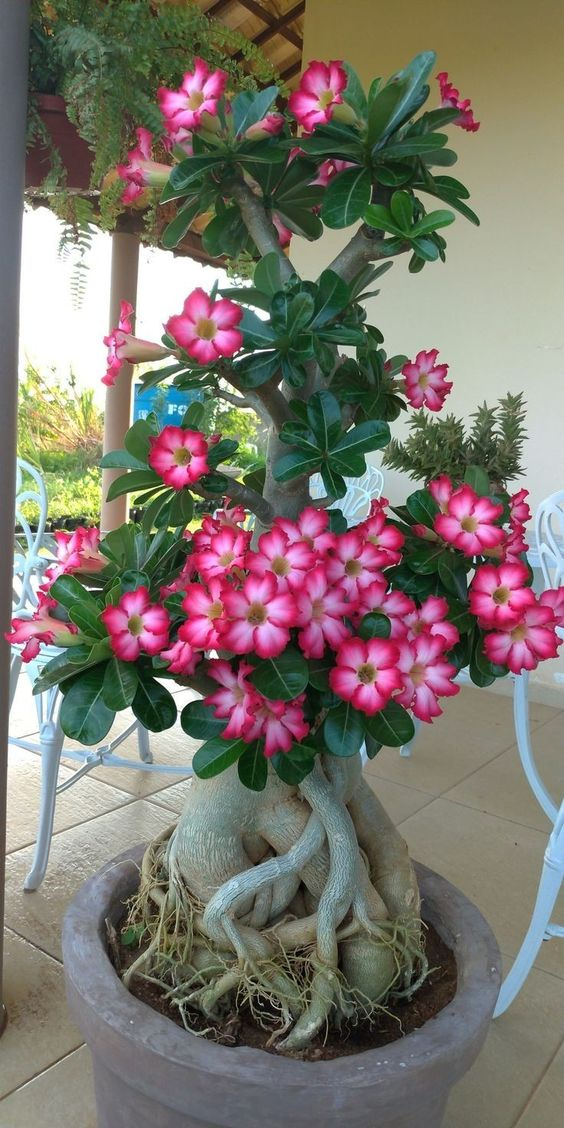
The Morning Glory plant is named for its unique blooming behavior, opening early in the morning and closing as the day goes on. This pattern is driven by the interaction of light and internal biochemical processes, known as circadian rhythms. Besides adding to their mystique, this habit serves a functional adaptation by attracting specific pollinators like bees and butterflies during their most active hours.
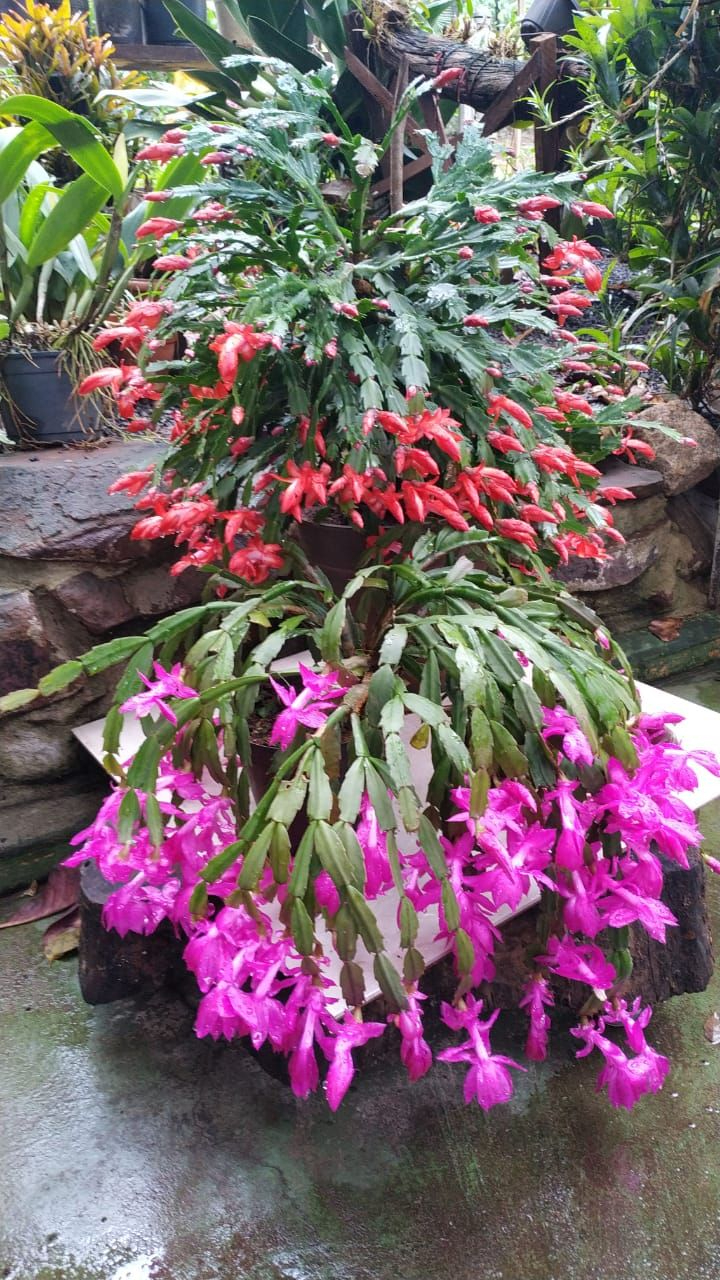
Aside from their attractive appearance, Morning Glory species have been utilized in traditional medicine in various cultures. Certain species contain compounds that possess potential medicinal properties, although caution must be exercised due to their potential toxicity. Moreover, some cultures have integrated Morning Glory flowers into their culinary practices, utilizing them as edible decorations or garnishes.
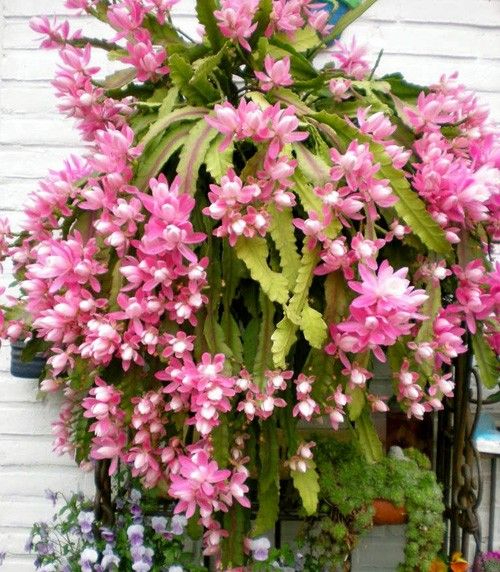
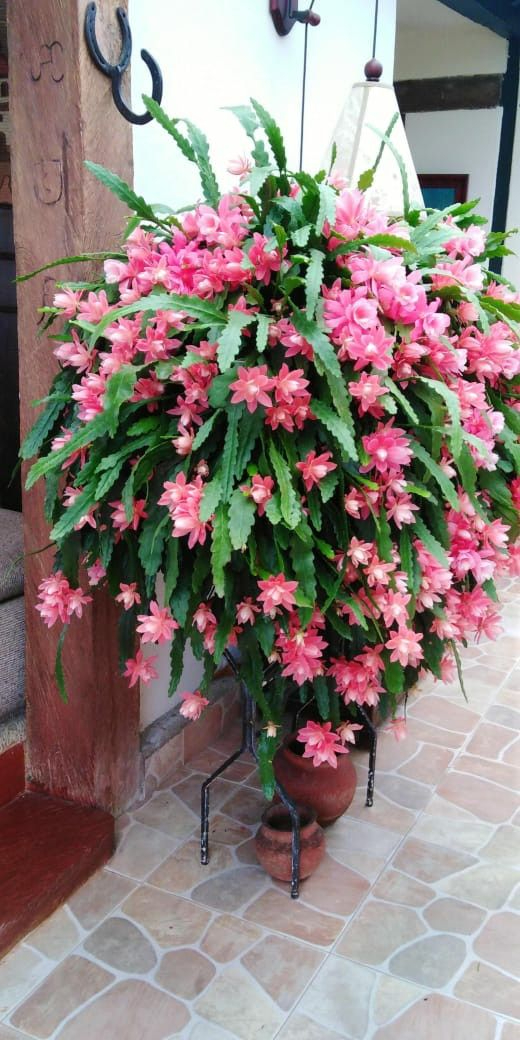
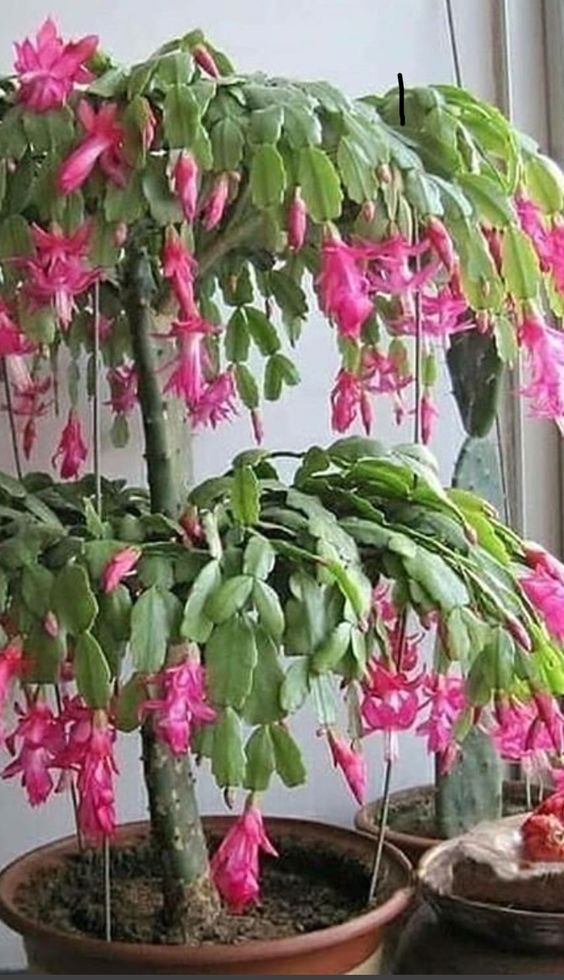


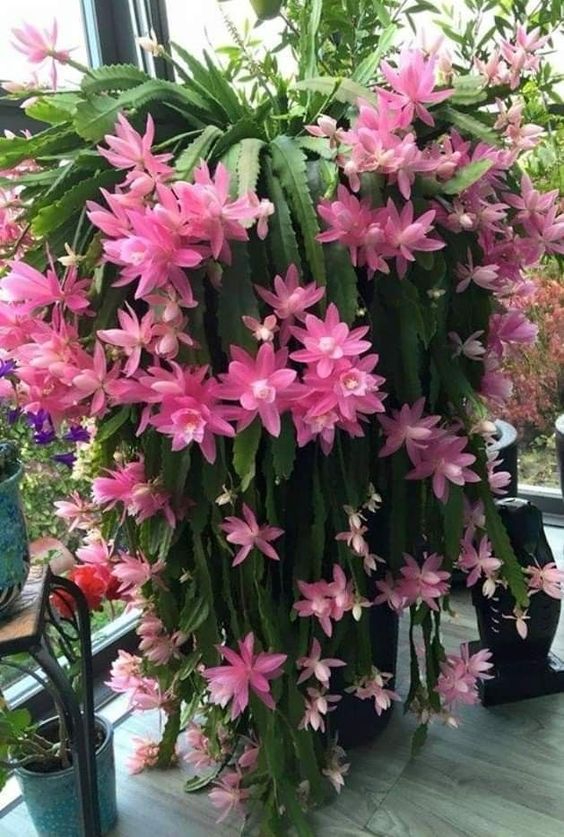

Credit: Pinterest
Source: Garden Enthusiast
